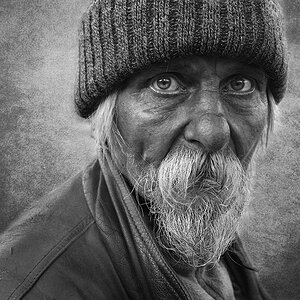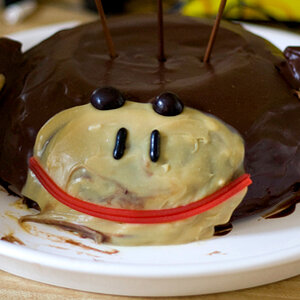Plato
TPF Noob!
- Joined
- Jul 11, 2009
- Messages
- 1,058
- Reaction score
- 1
- Location
- United States of America
- Website
- web.mac.com
- Can others edit my Photos
- Photos NOT OK to edit
I guess I should say "coin" (singular). I'm looking for some inexpensive suggestions for photographing a souvenir coin. Normally I don't object to investing money but I want one picture of one coin and I'll never do this again. Well, actually two pictures, one of each side of the coin.
I have the (discontinued) Nikon 28-105 macro lens but, other than confirming that the feature works, I've never used it in macro mode.
Any thoughts?
I have the (discontinued) Nikon 28-105 macro lens but, other than confirming that the feature works, I've never used it in macro mode.
Any thoughts?



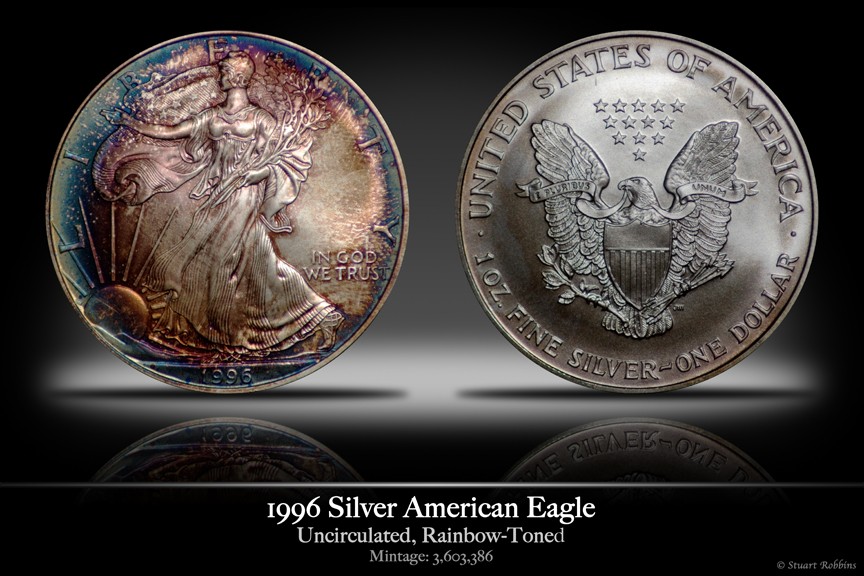

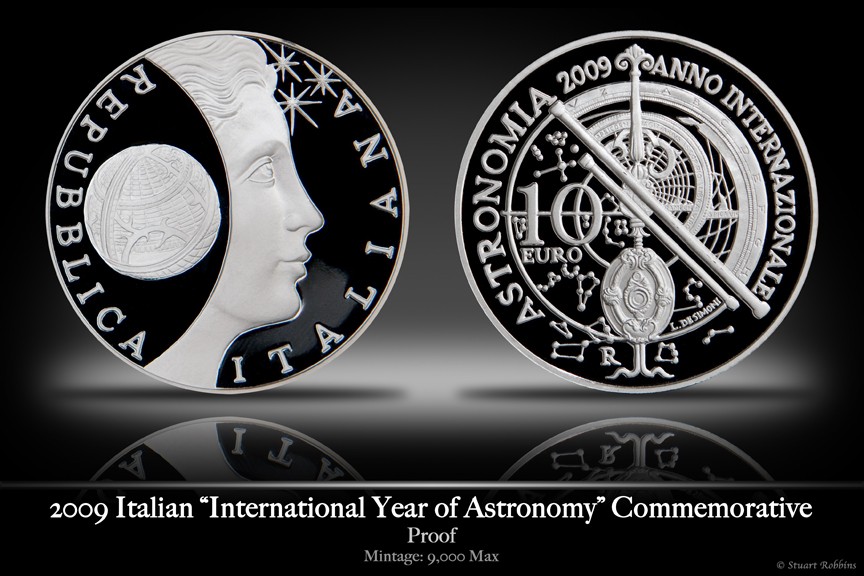
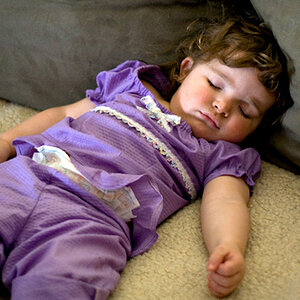
![[No title]](/data/xfmg/thumbnail/39/39290-dfb3e819bd94a7f30797638ae1ae27cf.jpg?1619738958)
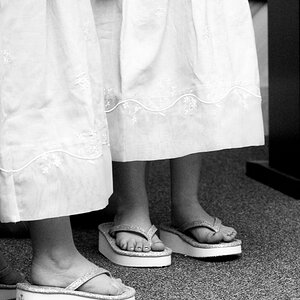
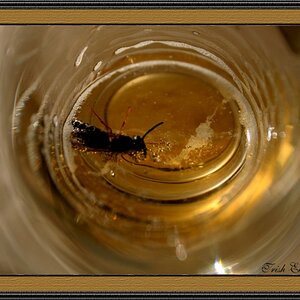
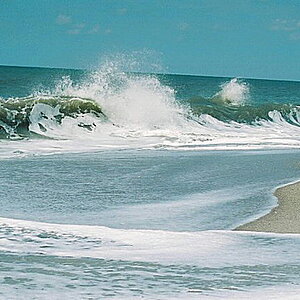

![[No title]](/data/xfmg/thumbnail/34/34135-27c00b73b314c3811e6eded0520a40a2.jpg?1619736307)
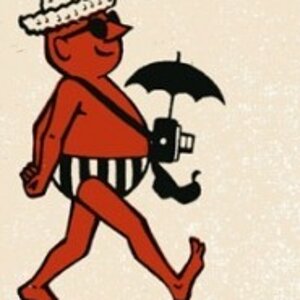
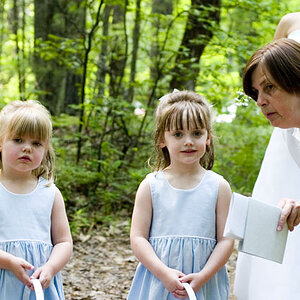
![[No title]](/data/xfmg/thumbnail/39/39289-c5ea6a611707fdd5786347f4a67d63ae.jpg?1619738957)
